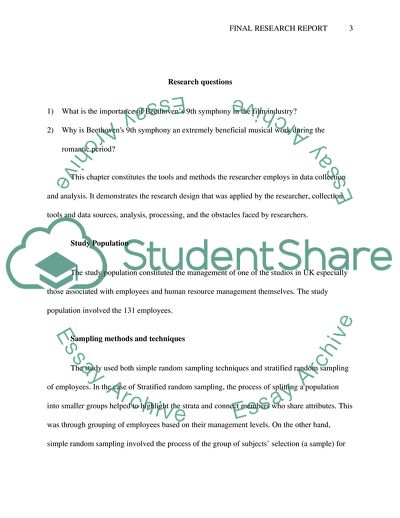Cite this document
(How is Beethovens 9th Symphony Used to Drive the Narrative in Kubrick Research Paper, n.d.)
How is Beethovens 9th Symphony Used to Drive the Narrative in Kubrick Research Paper. Retrieved from https://studentshare.org/literature/1796974-the-final-research-report
How is Beethovens 9th Symphony Used to Drive the Narrative in Kubrick Research Paper. Retrieved from https://studentshare.org/literature/1796974-the-final-research-report
(How Is Beethovens 9th Symphony Used to Drive the Narrative in Kubrick Research Paper)
How Is Beethovens 9th Symphony Used to Drive the Narrative in Kubrick Research Paper. https://studentshare.org/literature/1796974-the-final-research-report.
How Is Beethovens 9th Symphony Used to Drive the Narrative in Kubrick Research Paper. https://studentshare.org/literature/1796974-the-final-research-report.
“How Is Beethovens 9th Symphony Used to Drive the Narrative in Kubrick Research Paper”, n.d. https://studentshare.org/literature/1796974-the-final-research-report.


